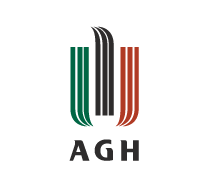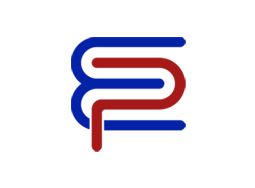|
Studies on the possibility of extending coal resources for coke production through the application of coal predrying
Authors Żarczński Piotr Strugała Andrzej Journal Energy & Fuels Year Vol. Number Pages 2018 32 5 5666-5676 Impact Factor 2.835 DOI Abstract in the main language of the article Bituminous coals with very good coking properties are basic components of the coal blends used for the production of the high-quality blast furnace coke. In industrial practice and on an international market, these coals are known as hard-type coals. Their appropriately high share in the coal blends ensures coke quality complying with the requirements of coke consumers. The deficit of hard coals on the market as well as their high price are the reasons that make the coke producers decrease their share in coal blends and replace them with coals of the semi-soft type, featured by worse coking properties but, at the same time, lower price and wider availability on the market. Unfortunately, such an action causes a decrease in the quality parameters of the coke, which is unacceptable for coke consumers as a result of the fact that their expectations are increasing. A solution for this situation could be the implementation of the coal predrying process, which involves a partial moisture removal from the blend down to 5%. The benefit of implementing the predrying process with this boundary moisture content is a coke quality improvement, which still poses no technological problems connected with high coal dustiness. The goal of the research was to determine if the application of the coal predrying process could enable an increase in the share of semi-soft coals in coal blends (as a replacement of hard coals) without a coke quality decrease. The objects of study were two sets of commercial coal blends with a varying share of semi-soft coals. The first set of blends was composed exclusively of Polish coals, and the second set was composed of Polish and foreign coals. Both sets of coal blends were applied for coke production in a test Movable Wall Oven (capacity of 400 kg) in either the wet state or the predried state. Taking into consideration the basic quality parameters of the produced coke, such as coke strength and abrasion (assessed by the Micum and Irsid drum tests), as well as coke reactivity and its strength after reaction (assessed by the NSC test), the possibility of the partial substitution (ca. 10-20%) of the hard coals by semi-soft coals in the coal blend used to produce the high-quality blast furnace coke has been proven. Studies have confirmed the positive impact of coal predrying on the coke quality. Additionally, there was a fear of the wall pressure dangerously increasing for the tested blends in the case of the coal predrying process implementation, but fortunately, such situations had not occurred. On the basis of the results, it can be concluded that the application of coal predrying allows for increasing ca. 2-3 times the demand for coals of the semi-soft type, and as a consequence, it allows for changing the structure of coal resources for coke production. Additionally, the implementation of the coal predrying process allows for decreasing the unit energy consumption in the coke production process by ca. 7.5-8.5%, which means significant environmental benefits. Keywords in the main language Title in the additional language Abstract in the additional language Keywords in the additional language |


